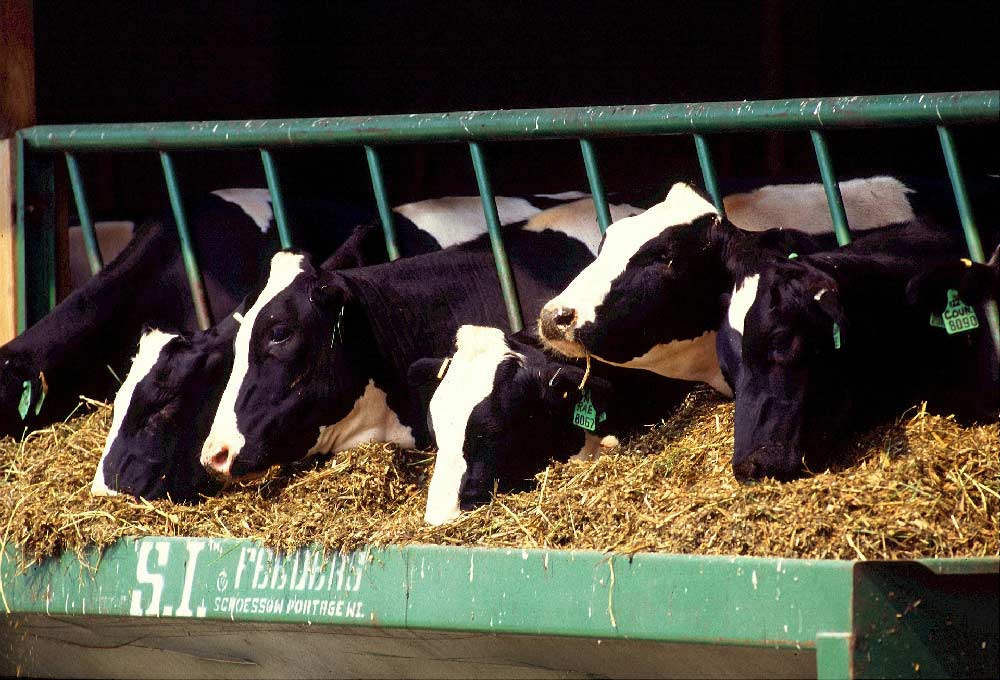Ruminants Fat
What is Ruminants Fat?
Ruminants are plant eating animals with a multi-chamber stomach (one chamber of which is the rumen) that regurgitate and masticate their food after swallowing. Ruminants include cattle, sheep, goats, buffalo, deer, elk, giraffes and camels.
Rumen is the largest section and the main digestive centre for these animals. The rumen is filled with billions of tiny microorganisms that can break down grass and other coarse vegetations that other types of animals with one stomach (including humans, chickens and pigs) cannot necessarily digest.


What is Fat?
Fats are one of the three main macronutrients, along with carbohydrates and proteins. Fat molecules consist of primarily carbon and hydrogen atoms and are therefore hydrophobic and are soluble in organic solvents and insoluble in water.
The terms lipid, oil, and fat are often confused. Lipid is the general term, oil normally refers to a lipid with short or unsaturated fatty acid chains that is liquid at room temperature. Fat (in the strict sense) specifically refers to lipids that are solids at room temperature – however, fats (in the broader sense) may be used in food science as a synonym for lipid.
Dietary fats are generally in the form of a triglyceride. A triglyceride consists of a glycerol backbone joined with 3 fatty acids. These fatty acids can be saturated (without double bonds between the carbons) or unsaturated (with one or more double bonds between two carbons).
When fat in the form of triglyceride enters rumen it hydrolyzed and the fatty acids are released from glycerol backbone. Rumen microbes use glycerol as an energy source.

Unsaturated fatty acids are toxic to many rumen microbes, especially thoes that deal with fiber digestion. In an attempt to detoxify these fatty acids, they undergo biohydrogenation in the rumen. Biohydrogenation is a process in which hydrogen ions are added to the carbons that contain a double bond. The additional hydrogen ions change the double bond to a single bond. Finally, when the unsaturated free fatty acids are completely biohydrogenated they become saturated fatty acids.
If the cow’s diet contains too much unsaturated fat, the biohydrogenation process is overwhelming. Many of the fatty acids will not be completely saturated and rumen function is reduced. This results in less fiber digestion, lower DMI, poorer cow performance.
Saturated fatty acids, when they are hydrolysed and released into the rumen, they are not toxic to the rumen microbes and pass through the rumen unaltered, providing an energy source for the dairy cow.

Importance of fat in animal diet
Fat is the most energy density type of feed ingredient available. In terms of weight fat contains more than twice the energy content of carbohydrates.
As milk yields have increased in recent years, the need to raise energy intakes of dairy cows to support additional production has meant either higher dry matter intake (DMI), which is limited or greater energy density in the diet.
The problem of feeding fat is that it can only be utilized by the rumen in small quantities when fed in an unprotected form. Protected fats are treated so they don’t interact with rumen microbes and pass through the rumen unaltered.
Rumen protected fats are commercially manufactured fat products of different fatty acid content that are chemically or physically treated so they don’t interact with rumen microbes and pass through the rumen unaltered, ensuring a healthy rumen environment while supplying extra energy. These dry fats are processed to be easily handled and mixed into all animal feeds. Because of their high energy density, rumen protected fats are excellent sources of energy in dairy rations specially in early lactation when dry matter intake is limited and cows are energy challenged. Adding rumen protected fat to a dairy cow diet will increase milk production and for heifers or dry cows, it will enable cows to maintain body condition specially during a feed deficit or excessive weather condition.
There are different types of protected fat products in the market that include different compositions, nutrient value and methods of production.
